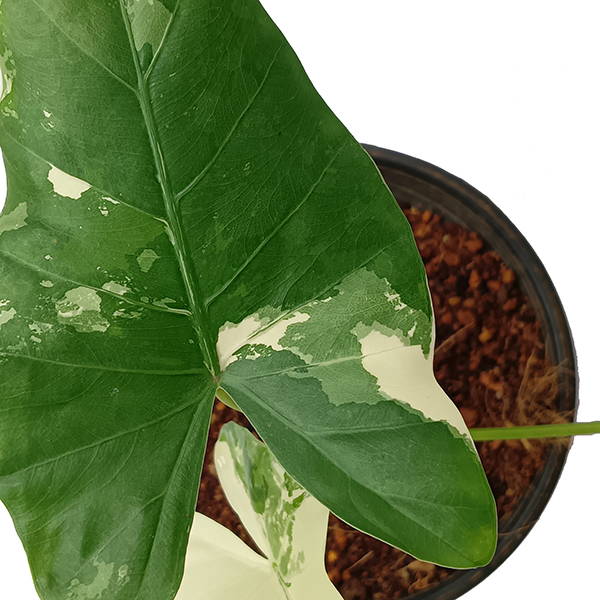
Family: Araceae
Common Name: Mini Monstera, Dwarf Monstera, Philodendron Ginny, Dragon Tail, Shingle Plant
Botanical Name: Rhaphidophora species
This unique genus of vining (and climbing) indoor plants brings out your wild side as they are vigorous growers with only a few basic requirements to let them entangle you with green love! Let’s set the record straight! These highly acclaimed houseplants are not related to monstera or philodendron, even though there is some resemblance. The most significant difference is that rhaphidophoras need more aeration in their soil and cannot tolerate exposure to cold air like those other plants! Learn how to care for these easy-on-the-eyes sprawling houseplants!
Light
Provide rhaphidophora with bright, indirect light. A lack of light will slow down leaf development, and also prohibit the soil from drying out between watering which can cause root rot. Yuck! For ideal light conditions, place your plant in front of a north or east-facing window, or a few feet away from a south or west facing window.
Water
During the growing season (spring and summer), keep the soil moist by watering it when the top 1/2 of the soil becomes dry to the touch. Do not over water. While the rhaphidophora likes moist conditions, it does not like its soil dense and soggy. Water less frequently in the winter.
Soil
You may need to transplant your rhaphidophora every year or so, depending on how fast it grows. We recommend using a soil mixture that is rich in organic matter, has good drainage, and is light and loose. Most bagged potting soil will be fine, but avoid potting mixes that contain moisture retaining crystals, and they can keep the soil wet for long periods, which can cause root damage. If your soil is too dense, add some cactus soil, coarse sand, pumice or perlite to give it better drainage. Be adventurous and learn how to create your own universal potting soil mixture!
Temperature
Rhaphidophora species prefer typical household temperatures (68-80℉). Avoid extremely hot or cold conditions.
Humidity
The rhaphidophora thrives in areas with higher humidity (60%), but it will still do well in typical household humidity levels of 30% -40%. For a happier plant, consider using a humidifier. If a humidifier is not available, place the rhaphidophora near a tray filled with pebbles and water, or group it with other indoor plants.
Fertilizer
Feed your rhaphidophora two to three times a month during the growing season with a gentle, diluted, complete liquid fertilizer, or top dress the soil with organic compost. Learn more about how to fertilize your indoor plants!
Growth Rate
These indoor plants are fast growing vines reaching over 10’+ with proper care. If you provide them with a plant support, or stake they will gradually attach themselves to the support with their aerial roots!
Pro Tips
Plant your rhaphidophora in well-draining sandy soil to avoid over-saturation and root rot.
To propagate, cut the vine just below the node, and root the cutting in sphagnum moss, soil, or water.
While the rhaphidophora prefers natural sunlight, it will remain healthy under a grow light.
Staking your rhaphidophora encourages larger leaf development!





